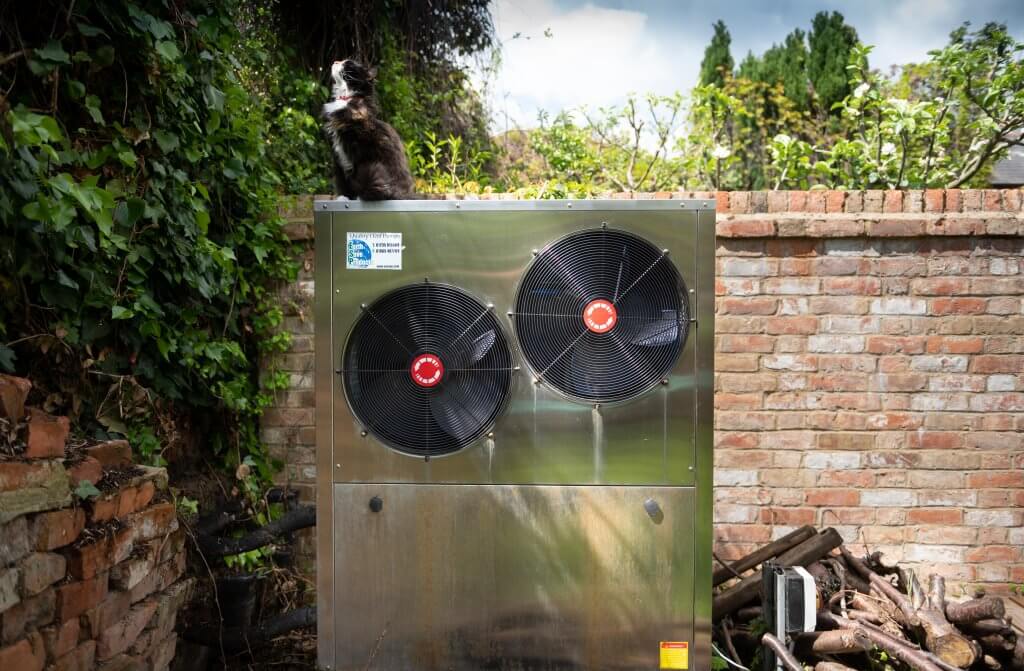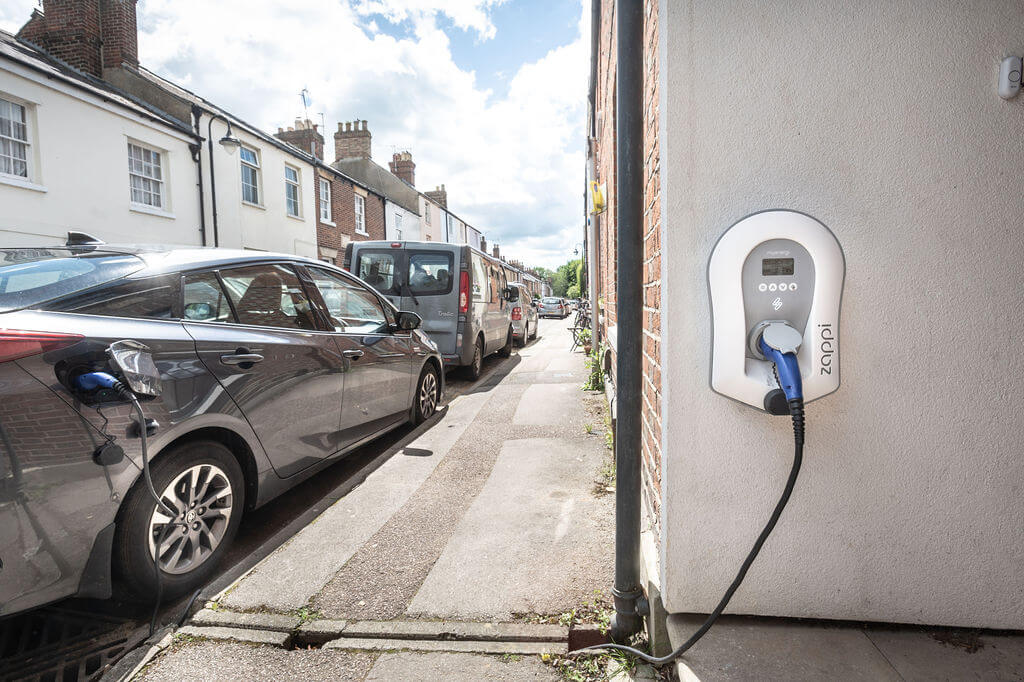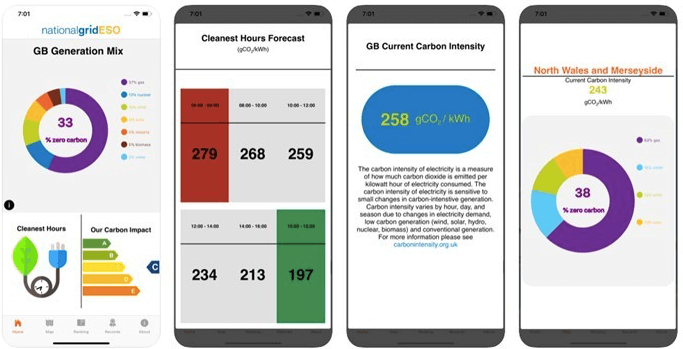Flexibility – the key to combatting future energy price shocks?
With wholesale energy prices soaring, becoming more flexible about the way we use energy could be an increasingly powerful tool helping keep our fuel bills under control.
The global surge in gas prices has left UK consumers particularly vulnerable, with over a third of our electricity provided by gas-fuelled power stations. Households and businesses face escalating energy bills and the charity National Energy Action estimates up to 1.5 million people will be pushed into fuel poverty in 2022.
Although the cost of wholesale electricity has significantly risen overall, it’s the cost at times of peak energy use that has seen prices soar. This was explained by Sabrina Kernbichler, Power Analyst at S&P Global Platts in conversation with Tim Harford on BBC Radio 4’s More or Less.
“Hourly prices in the UK market have, in certain hours, exceeded even £2000 per MWh and in these hours where we have high demand because people come home and switch on their lights and we have a very slim supply margin left, that is when the market reacts with a scarcity price, so supply is scarce and demand is high.”
If we could find ways to smooth out these peaks in demand, and better match our supply and demand, we could help reduce our exposure to the shocks of scarcity pricing – prices which are sending energy suppliers to the wall, and adding to all our bills.
Learning how we can smooth out the peaks and troughs is a key aim of Project LEO. We are demonstrating how flexibility – making temporary changes to the way we use, generate and store electricity – can enable us to make more efficient use of our electricity networks, and the electricity that is available at a particular moment in time.
By co-ordinating the activities of people and organisations connected to the grid, we can avoid those scarcity peaks. Flexibility is also a powerful strategy to help us transition to a Net Zero energy system. By optimising the use of available renewable electricity and the capacity of the electricity network at any particular moment in time and place, we can increase the amount of renewable generation connected to the grid, reducing our reliance on gas. And it can enable us to free up space in the electricity networks to plug in more EVs and heat pumps, supporting the electrification of transport and heating.
Some suppliers already offer “Time of Use Tariffs” that use pricing signals to encourage householders to shift their energy use to make use of times of more plentiful supply but can expose customers to higher prices at peak times.
So while established flexibility products and services may still be a little way off, there are things we can all do this winter to help protect the nation from the shocks of scarcity prices, which ultimately get passed onto us all via our fuel bills. By shifting our energy use away from the peaks, we can help play a small part in increasing the resilience of our energy system – and make use of renewable power, reducing the carbon intensity of our electricity supply.
- Apps such as National Grid’s Carbon Intensity give real time information about the current carbon intensity of the grid in our region, and when best to use electricity in the next 24 hours.
- For fans of Bake Off, The Baking Forecast offers the best time to bake via twitter or Alexa.
- Equiwatt offers rewards to electricity users for shifting their electricity use, without the need to change energy supplier.
Of course, the cheapest, and greenest, unit of power remains the one that we don’t use. Saving electricity through energy efficiency measures, continues to be the most effective strategy for keeping our bills down. It also results in permanent reductions in demand. A combined strategy of flexibility and energy efficiency could go a long way toward protecting us against both the immediate threat of rising fuel bills, and the long-term danger of climate crisis and security of supply.




